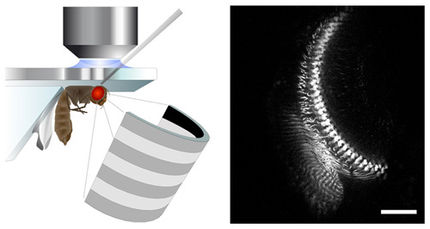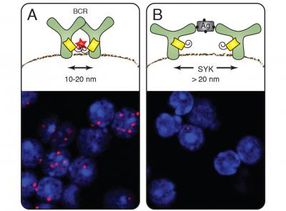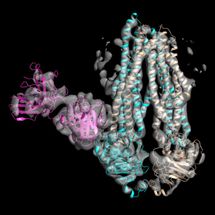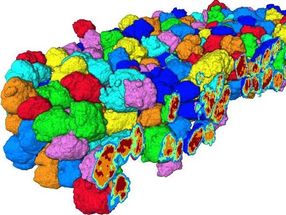Mayo Researchers Find Candidate Gene Culprits for Chronic Pain
Advertisement
Chronic pain severely limits patients’ quality of life and is among the cost drivers in U.S. health care. Patients can suffer pain without an apparent cause and often fail to respond to available treatments. Mayo Clinic researchers and collaborators now report that chronic pain may be caused by the inadvertent reprogramming of more than 2,000 genes in the peripheral nervous system. The research findings appear in Genome Research.
The research might ultimately lead to “transcription therapy” the researchers speculate, which would employ drugs that kill pain by correcting the activity of specific genes.
The researchers focused on nerve cells suspected to be involved in pain: dorsal root ganglion neurons of the peripheral nervous system in rodent models. They performed high-throughput sequencing of hundreds of millions of mRNA molecules, the messengers of gene activity.
Powerful computer science was required to sort through the many pieces of information (50 base-pair long mRNA sequence “reads”) assembling the complicated genomic puzzle. The resulting picture revealed a number of surprises, among them 10,464 novel exons (sections of the genome involved in creating proteins) and some 400 gene candidates described for the first time in the study. Furthermore, detailed building plans for thousands of spliced mRNA were mapped.
“Using this new approach offers greater sensitivity, dynamic range and more efficient unbiased genetic mapping compared to the previous microarray-based methods and may be an efficient new approach to a wide array of problems in neuroscience research,” says Andreas Beutler, M.D., Mayo Clinic oncologist and corresponding author on the study.
Most read news
Topics
Organizations
Other news from the department science

Get the life science industry in your inbox
By submitting this form you agree that LUMITOS AG will send you the newsletter(s) selected above by email. Your data will not be passed on to third parties. Your data will be stored and processed in accordance with our data protection regulations. LUMITOS may contact you by email for the purpose of advertising or market and opinion surveys. You can revoke your consent at any time without giving reasons to LUMITOS AG, Ernst-Augustin-Str. 2, 12489 Berlin, Germany or by e-mail at revoke@lumitos.com with effect for the future. In addition, each email contains a link to unsubscribe from the corresponding newsletter.






















































